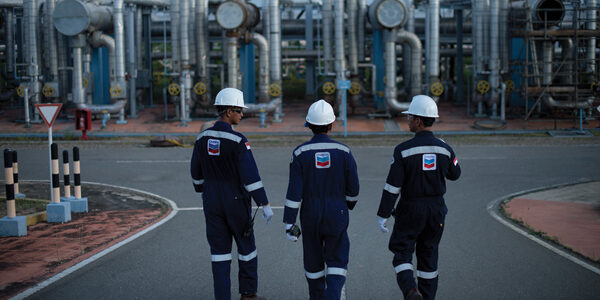Chevron is currently producing 230,000 barrels of oil per day at the Malongo Oil Field in Cabinda province, significantly down from the 600,000 barrels produced in previous years.
This was disclosed by the multinational’s operations director, Gabriel Ivaba, during a visit by Cabinda Governor Suzana de Abreu to assess the company’s operations and production status.
Ivaba explained that the production decline is a natural phenomenon common in oil and gas industries. “Our industry is cyclical, and oil, as a non-renewable resource, depletes over time as it is extracted.
This requires new investments to sustain output,” he stated. He also highlighted that the drop in global oil prices in 2022 contributed to the reduced production levels.
Ivaba revealed that Chevron’s Block Zero had produced a total of five billion barrels by 2019, underscoring its significant contribution to Angola’s economy.
However, the current decline has led to workforce reductions and a shift in the operational landscape within the Malongo Oil Field.
Local enterprises have increasingly replaced foreign companies in several key operations. For instance, platforms like Lufua and Safindola were constructed using local labor, while companies such as Grupo Apolónia now handle services like collective catering.
Governor Suzana de Abreu commended Chevron for its positive social, environmental, and economic contributions to the region, despite the lower oil production. She expressed satisfaction with the growing participation of local businesses in Malongo’s operations.
Additionally, the governor noted an increase in gas production, which powers the turbines at Malembo, significantly improving the province’s electricity supply.
Currently, the Malongo Oil Field employs 1,800 workers. To address future needs, 25 young professionals are undergoing training in mechanics, electrical engineering, and oil drilling. They are expected to join the industry workforce starting February.
![]()




